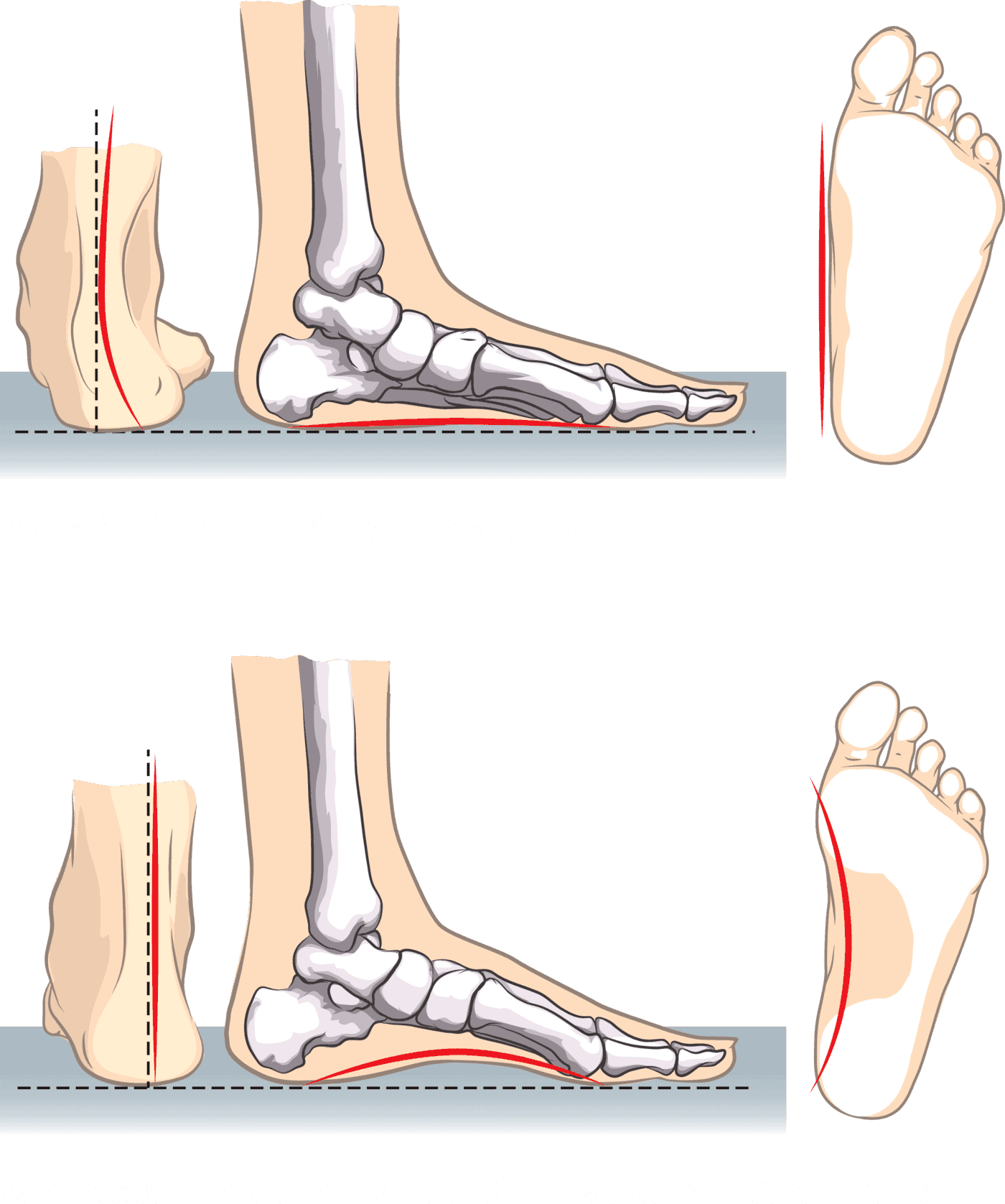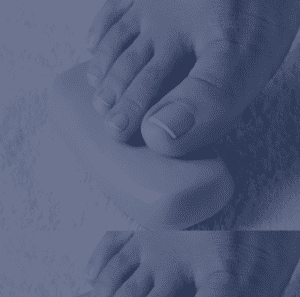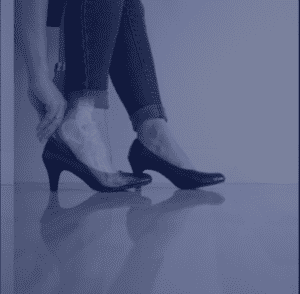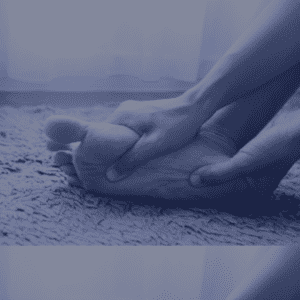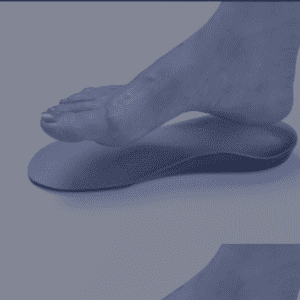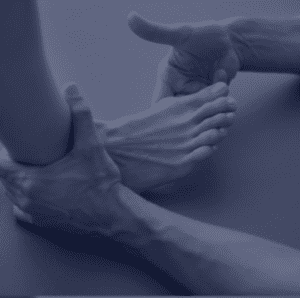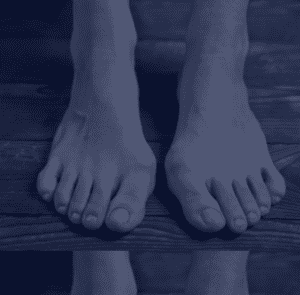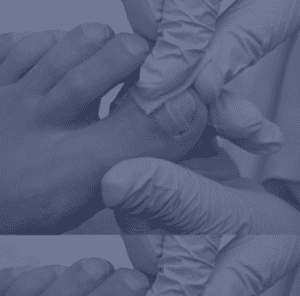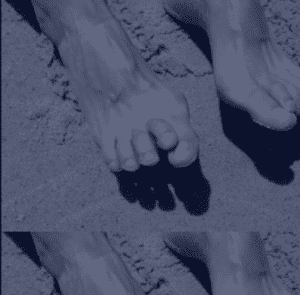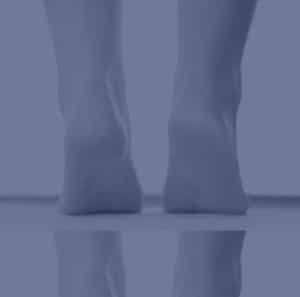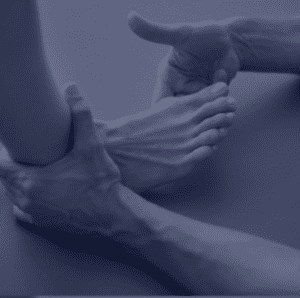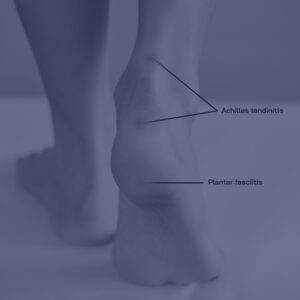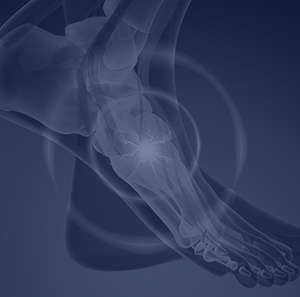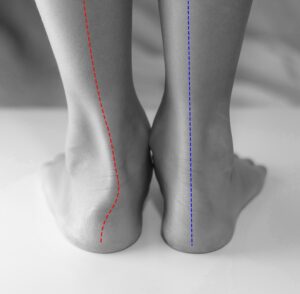WEAK ANKLES KANSAS CITY OVERLAND PARK
Painful Feet, Ankles, Legs and Lower Back
Weak ankles refer to a condition where the muscles, tendons, and ligaments around the ankle joint lack the strength and stability to support normal movement and weight-bearing. This often leads to recurring ankle sprains, instability, and an increased risk of injury during daily activities or physical exertion. Weak ankles can result from prior ankle injuries, genetic ligament laxity, muscle imbalances, nerve damage, arthritis, or prolonged immobilization.
When the ankle lacks proper support, it can disrupt the alignment and mechanics of the entire lower limb. This often causes the foot to roll inward (pronation) or outward (supination), leading to strain not only in the ankle but also in the foot, knee, hip, and even lower back.
One of the most common symptoms of weak ankles is chronic pain or aching around the lateral or medial sides of the joint, particularly during or after walking, standing, or physical activity. Patients may also report stiffness, swelling, and frequent “giving way” of the ankle. Over time, weak ankles can contribute to conditions like plantar fasciitis, Achilles tendinitis, and posterior tibial tendon dysfunction.
Because the ankle is the foundation for the body’s weight-bearing structure, instability can affect the biomechanics of the leg and back. Compensation from other joints often results in shin splints, knee pain due to abnormal torque, and hip or lower back discomfort from altered gait and posture
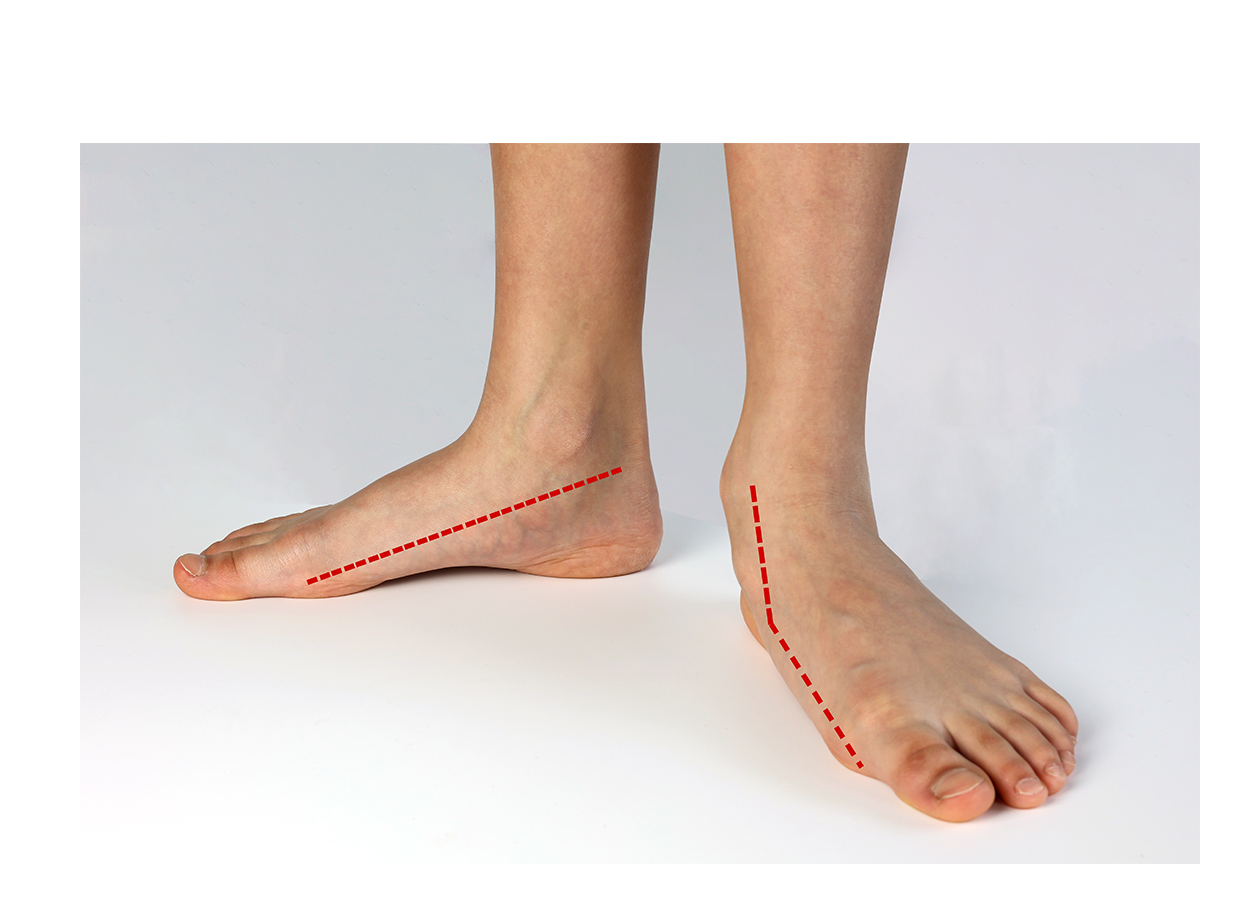
Symptoms of Weak Ankles in the Foot, Leg, Knee, and Lower Back
Weak ankles can create a ripple effect throughout the body, particularly impacting the foot, leg, knee, and lower back. Because the ankle joint serves as a key stabilizer during standing, walking, and running, any instability in this area can alter biomechanics and lead to compensatory strain in connected regions.
In the Foot:
When the ankle is weak, it often causes overpronation (excessive inward rolling of the foot) or supination (outward rolling). This instability can lead to symptoms such as arch pain, heel pain (often associated with plantar fasciitis), ball-of-foot discomfort, and general foot fatigue. Repeated ankle sprains, swelling around the joint, and a sense of the ankle “giving out” are also common. Additionally, pain along the outer or inner edge of the foot may occur due to increased strain on supporting tendons like the peroneals or posterior tibial tendon.
In the Leg:
Weak ankles disrupt the natural alignment of the lower leg, leading to overuse of the surrounding muscles. Patients may experience shin splints—aching pain along the front of the leg—particularly after walking or running. Calf tightness or cramping is also common due to muscular compensation. Over time, chronic instability can result in changes to gait, further stressing the leg muscles and tendons.
In the Knee:
The knee relies heavily on the alignment and stability of the foot and ankle. When the ankle does not provide proper support, the knee may compensate by rotating abnormally. This can cause patellofemoral pain syndrome, characterized by aching around the kneecap, and medial or lateral joint pain due to uneven weight distribution. Individuals with weak ankles often report knee fatigue, clicking, or aching after standing or walking for long periods.
In the Lower Back:
Ankle instability can ultimately affect the pelvis and spine. As the body tries to maintain balance on an unstable base, posture becomes altered. The lower back absorbs the extra shock and strain, which can lead to tightness, muscle spasms, or chronic lower back pain. This is especially true when walking on uneven surfaces or standing for long durations.
Overall, weak ankles can affect the entire kinetic chain from foot to spine. Identifying and treating ankle weakness early—through strengthening exercises, balance training, and 3D custom orthotics—can significantly reduce these symptoms and restore proper alignment and comfort
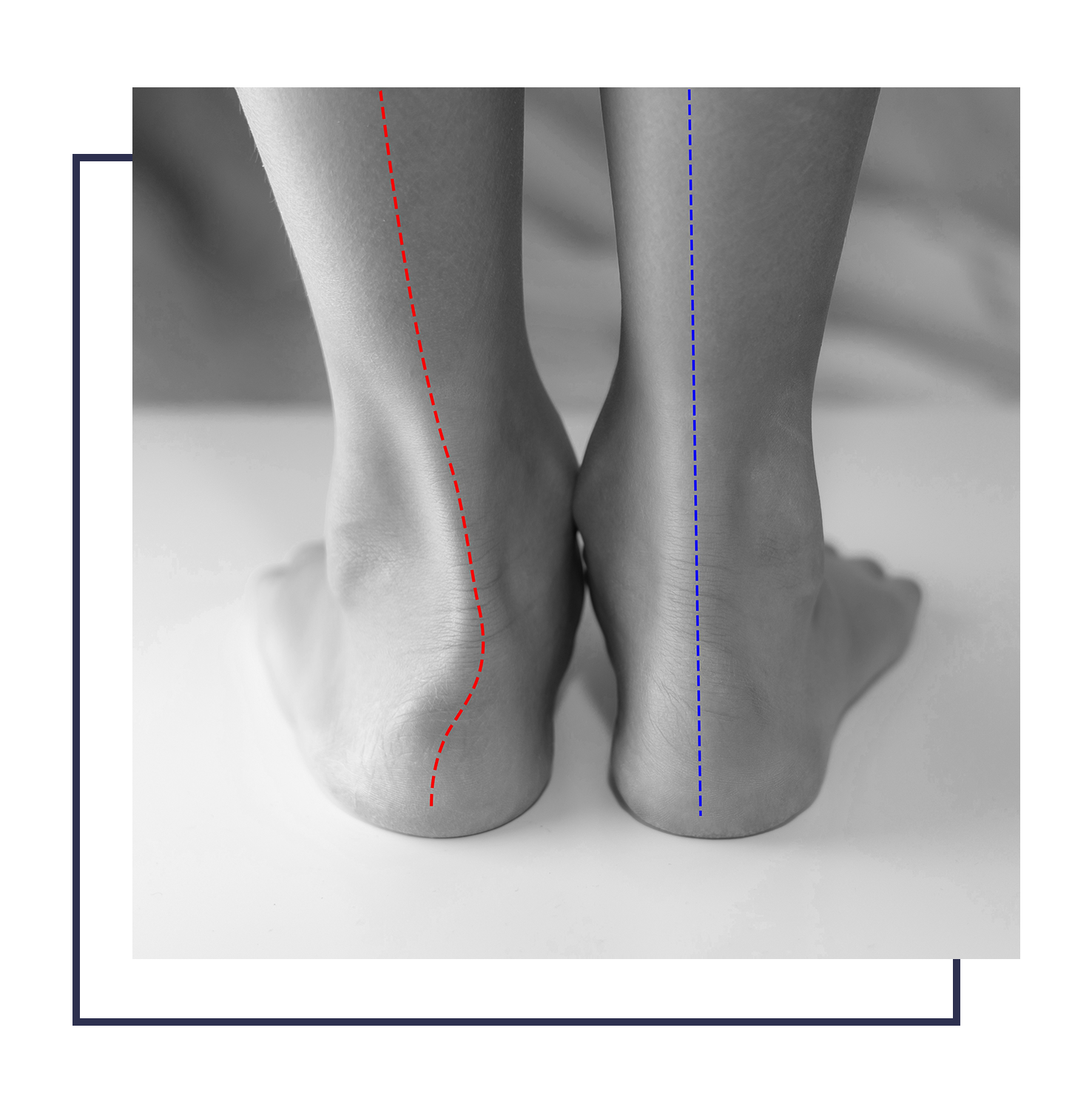
Weak ankles can develop for a variety of reasons, including chronic ankle sprains, ligament laxity, tendon imbalances, or underlying biomechanical problems such as flat feet or ankle valgus. These conditions often lead to instability, pain, and difficulty with walking or standing for prolonged periods. At our offices in Overland Park and Kansas City, Dr. Thomas Bembynista evaluates each patient individually to identify the specific cause of ankle weakness and tailors treatment to restore stability and relieve pain.
One of the primary treatment options we offer is the use of 3D custom-made orthotics. Patients consider them the best thing that changes their lives and stops pain. These devices are designed based on a precision digital scan of the patient’s foot structure, allowing for exact correction of abnormal biomechanics. When the ankle is not properly supported, it can result in improper foot alignment, contributing to ankle strain, knee discomfort, and even lower back pain. By improving support under the arch and heel, custom orthotics help stabilize the ankle joint, reduce excessive motion, and distribute weight more evenly across the foot. This not only improves function but also helps prevent future injuries.
In some cases, dexamethasone injections may be used to relieve inflammation and reduce ankle pain, especially when swelling or tendon irritation is present. These injections provide targeted relief and can help patients regain comfort and mobility more quickly while continuing other forms of therapy.
Strengthening and balance exercises are also a crucial part of the treatment process. Dr. Bembynista will often recommend home-based or guided physical therapy routines designed to improve the strength of the peroneal and posterior tibial tendons, which are essential for ankle stability. Improving muscle tone and joint proprioception helps prevent recurrence of sprains and can significantly enhance overall mobility and function.
Each patient’s condition is different, and Dr. Bembynista believes in creating a personalized treatment plan based on the unique presentation of symptoms and lifestyle demands. Some patients benefit most from custom orthotics alone, while others may require a combination of therapy, bracing, or injections.
If you’re experiencing ankle weakness, instability, or pain that affects your ability to stay active, contact Dr. Bembynista’s office for a complete evaluation. Early diagnosis and tailored treatment can make a significant difference in restoring comfort, preventing injury, and improving long-term mobility
